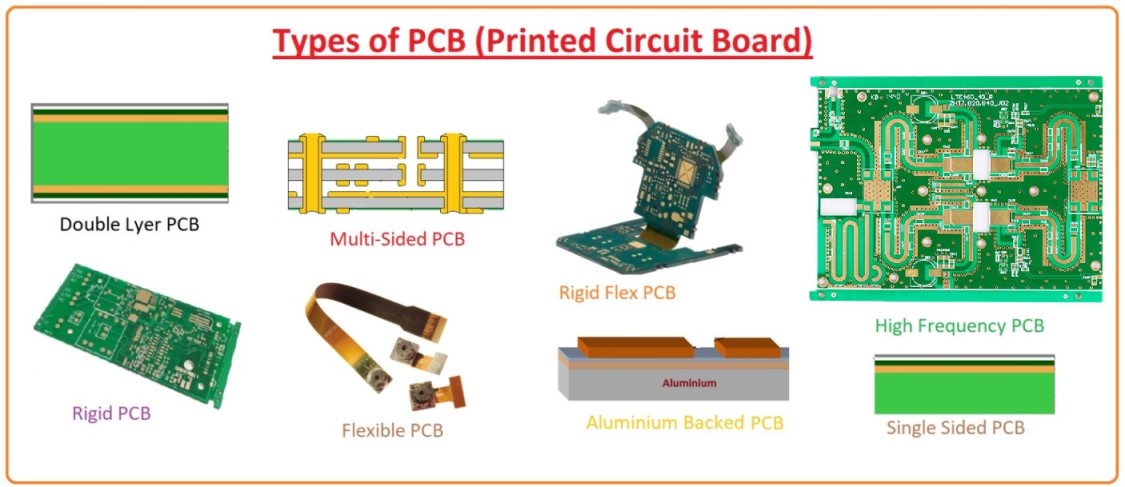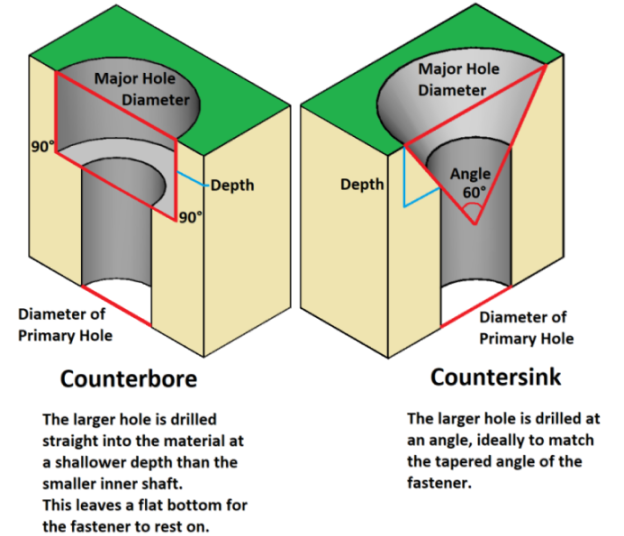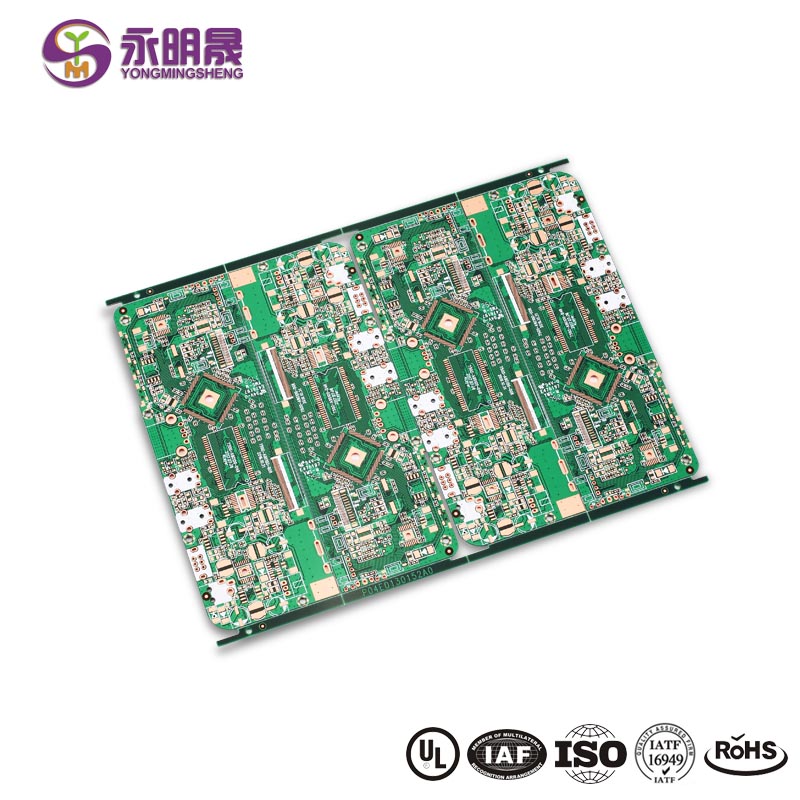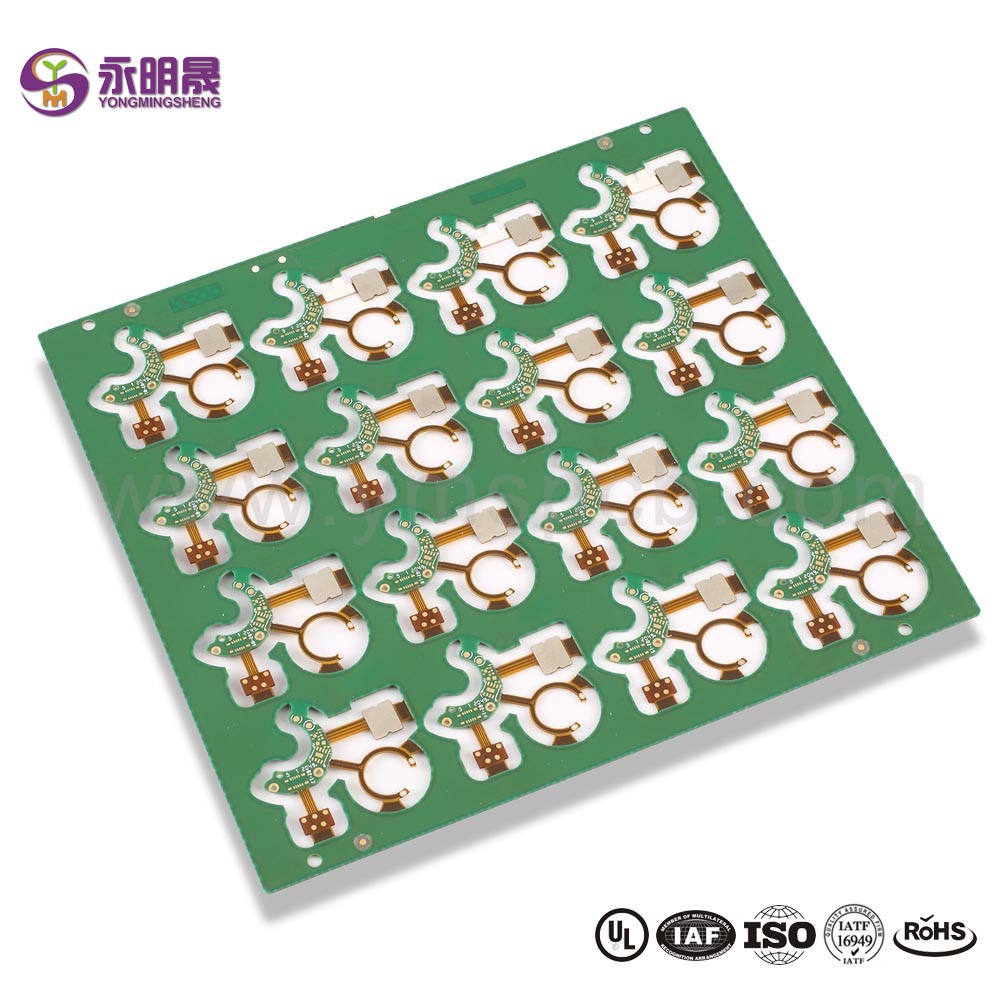Double sided pcb Normal pcb Lead free HASL Counterbore Manufacturer | YMS PCB
HAL(Lead Free), the full name is Hot Air leveling with Lead Free. Compared with HASL, the main difference for HAL(Lead Free) is the element of material which do not contain Lead(Pb), so it’s RoHS Compliant and it’s much more popular and widely used in PCB etsa thepa .
HAL(Lead Free) requires higher run temperatures for lead free solder and longer contact time, the production cost for HAL(Lead Free) is slightly higher than HASL(Tin/Lead).
The manufacturing process of HAL(Lead Free) is similar to HASL(Tin/Lead), the circuit boards will be submersed in molten solder(Lead Free). This solder will cover all the exposed copper surfaces. Upon retraction from the solder, high pressure hot air is blown over the surface through air knives, this levels the solder deposit and removes the excess solder from the surface of printed circuit boards.
Hatisitsoeng oa Potoloho Board Selelekela
Boto e Tloaelehileng ea Potoloho e Hatisitsoeng: Most PCBs for simple electronics are simple and composed of only a single layer. More sophisticated hardware such as computer graphics cards or motherboards can have 2 or multiple layers, sometimes up to twelve.
A printed circuit board (PCB) mechanically supports and electrically connects electrical or electronic components using conductive tracks, pads and other features etched from one or more sheet layers of copper laminated onto and/or between sheet layers of a non-conductive substrate. Components are generally soldered onto the PCB to both electrically connect and mechanically fasten them to it.PCBs can be single-sided (one copper layer), double-sided (two copper layers on both sides of one substrate layer), or multi-layer (outer and inner layers of copper, alternating with layers of substrate). Multi-layer PCBs allow for much higher component density, because circuit traces on the inner layers would otherwise take up surface space between components. The rise in popularity of multilayer PCBs with more than two, and especially with more than four, copper planes was concurrent with the adoption of surface mount technology.
What is the difference between a Countersink and a Counterbore?
Bokgoni ba tlhahiso ea YMS e tloaelehileng ea PCB:
| YMS Normal PCB etsa thepa bokgoni kakaretso | ||
| Tšobotsi | bokhoni | |
| Palo ea Lera | 1-60L | |
| Fumaneha Normal PCB Technology | Ho pholletsa le lesoba le Palo ea Likarolo 16: 1 | |
| patoa ebile o foufetse ka | ||
| Motsoako | High maqhubu Material tse kang RO4350B le FR4 Remix jj | |
| Lebelo le phahameng joalo ka M7NE le FR4 Mix jj. | ||
| Boitsebiso | CEM- | CEM-1; CEM-2, CEM-4, CEM-5. joalo-joalo |
| FR4 | EM827, 370HR, S1000-2, IT180A, IT158, S1000 / S1155, R1566W, EM285, TU862HF, NP170G jj. | |
| Lebelo le phahameng | Megtron6, Megtron4, Megtron7, TU872SLK, FR408HR, N4000-13 Series, MW4000, MW2000, TU933 jj. | |
| phahameng maqhubu | Ro3003, Ro3006, Ro4350B, Ro4360G2, Ro4835, CLTE, Genclad, RF35, FastRise27 jj. | |
| Ba bang | Polyimide, Tk, LCP, BT, C-ply, Fradflex, Omega, ZBC2000, PEEK, PTFE, ceramic-based jj. | |
| Botenya | 0.3mm-8mm | |
| Botenya ba Max.copper | 10OZ | |
| Bophara ba mola le Bonyane | 0.05mm / 0.05mm (2mil / 2mil) | |
| BGA PITCH | 0.35 limilimithara | |
| Mets phethahetse Drilled Size | 0.15mm (6mil) | |
| Boemo ba tšobotsi bakeng sa lesoba | 16: 1 | |
| Holim qeta | HASL, E etella pele mahala HASL, ENIG, qoelisoa Tin, OSP, qoelisoa Silver, Gold monoana, Electroplating Hard Khauta, khetla OSP , ENEPIG.etc. | |
| Ka Khetho ea ho Tlatsa | Tsela e koahetsoe ebe e tlatsoa ka epoxy e tsamaisang kapa e sa tsamaeeng ebe e koaheloa le ho koaheloa (VIPPO) | |
| Koporo e tlatsitsoe, silevera e tletse | ||
| Ngoliso | ± 4mil | |
| Mask ea solder | Green, Red, Yellow, Blue, White, Black, Pherese, Matte Black, Matte tala.etc. | |
U ka Thabela:
1, Kakaretso ea litaba hlokang a lebisa tlhokomelo ho oa potoloho boto tjheseletsa
3, ke eng PCB
4、Ho etsa liteko tsa board board ke eng?
5. Ke eng e phahameng maqhubu PCB moralo
Ithute haholoanyane ka lihlahisoa tsa YMS












